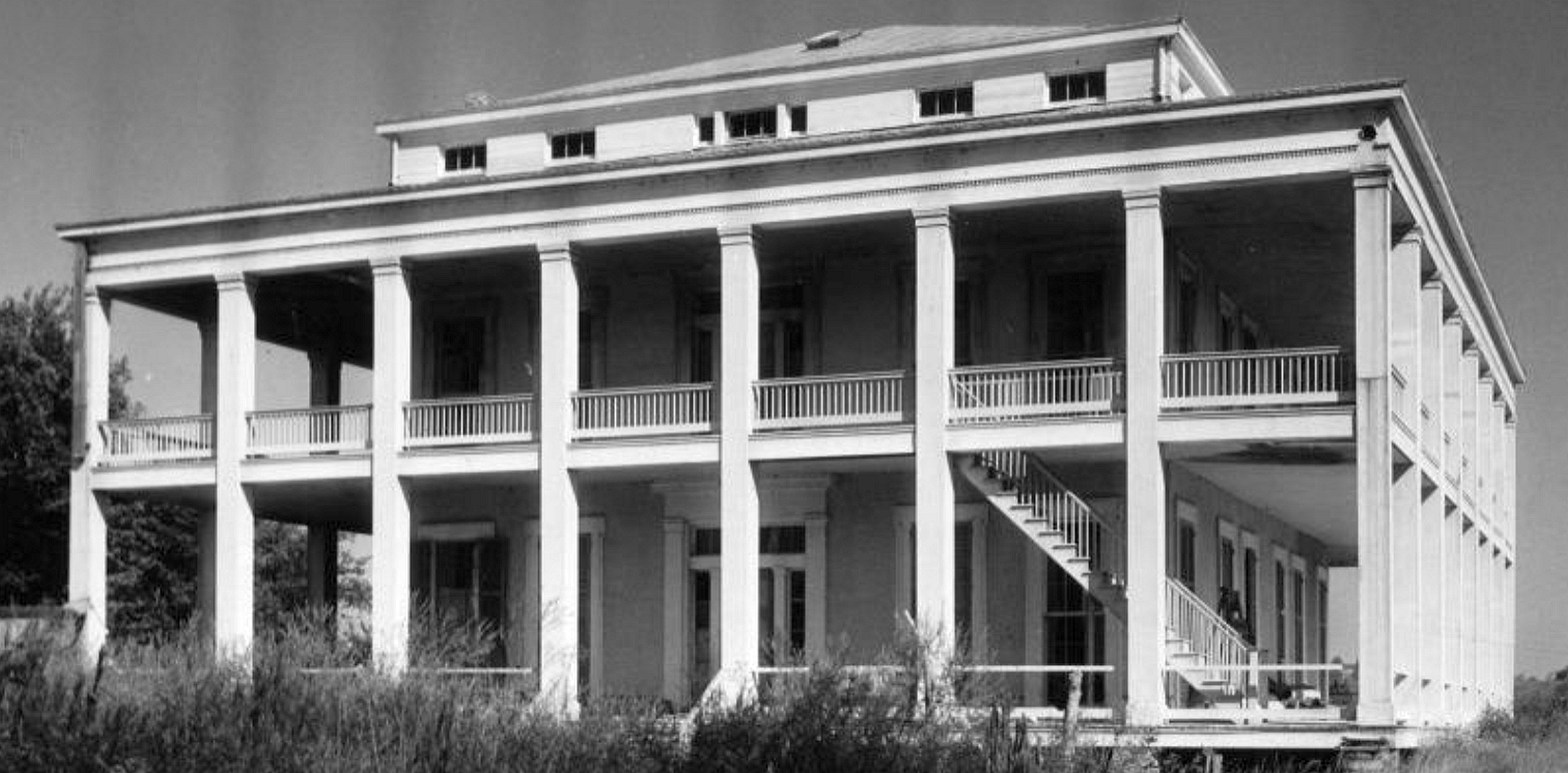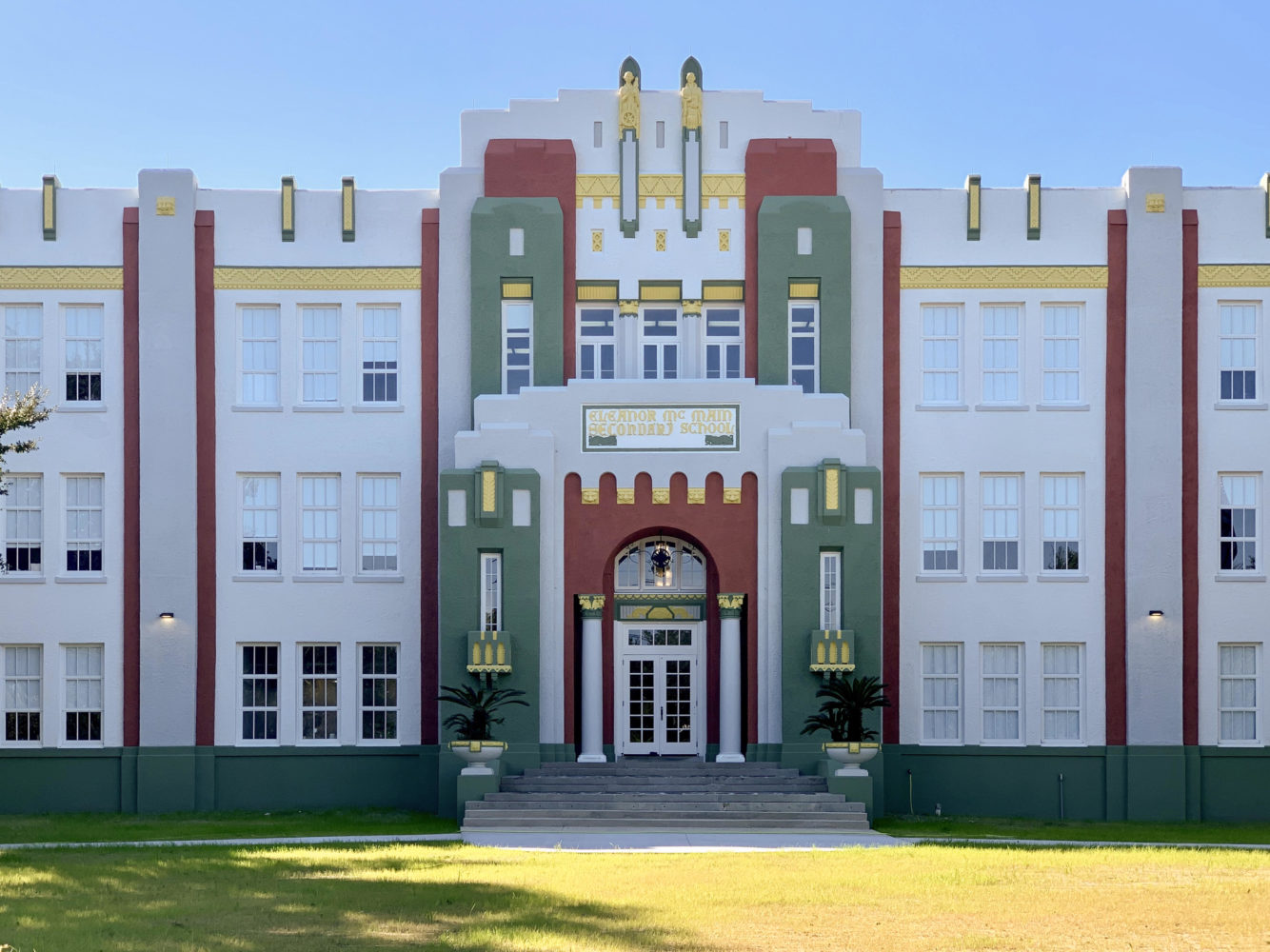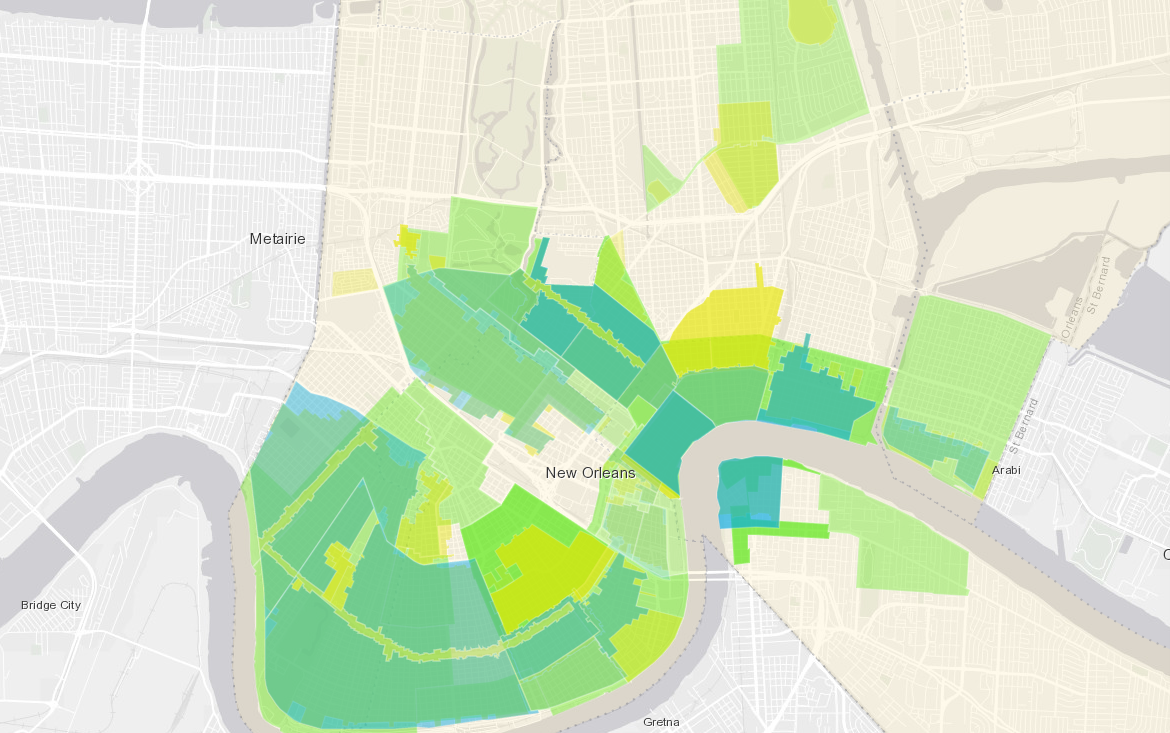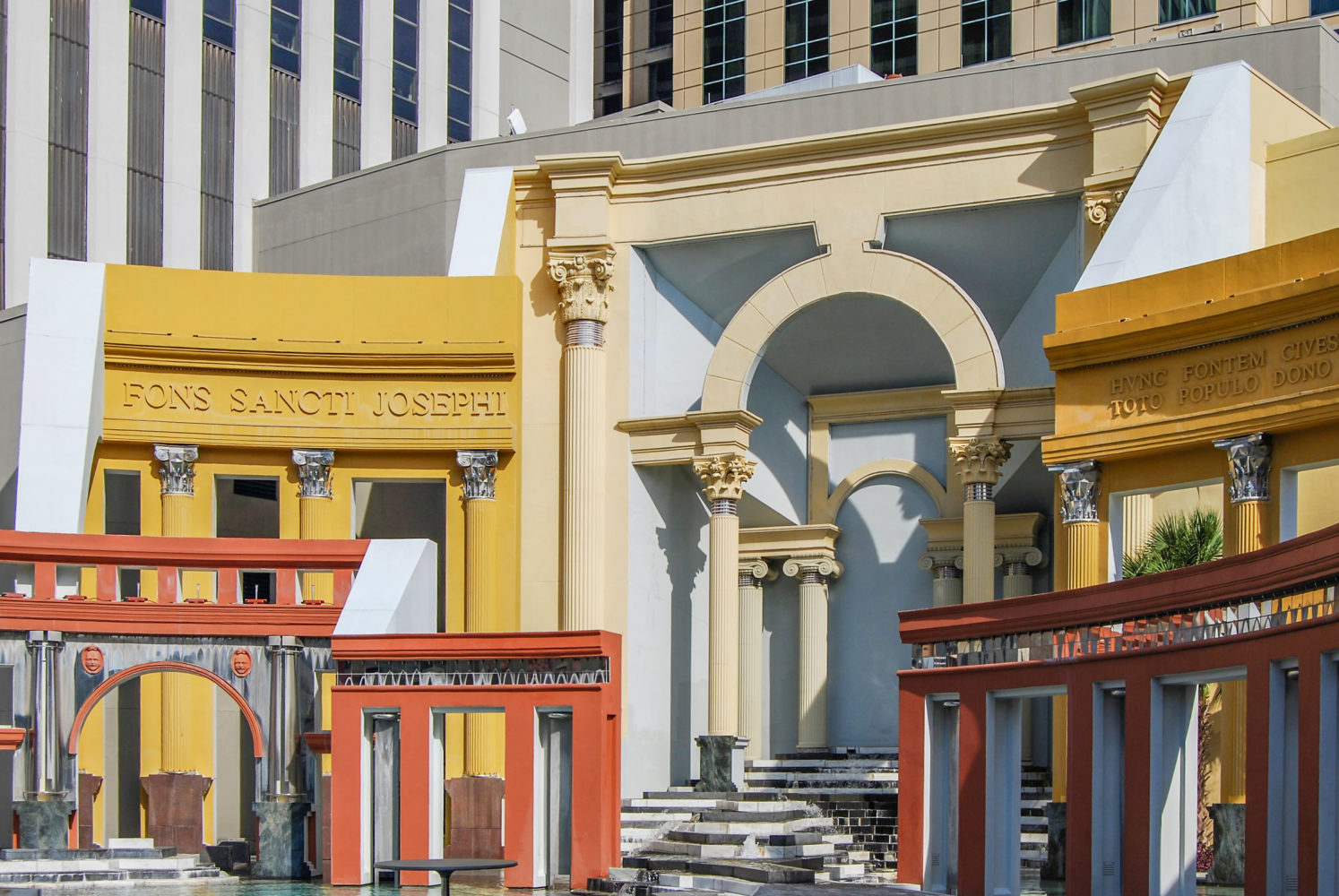This story appeared in the December issue of the PRC’s Preservation in Print magazine. Interested in getting more preservation stories like this delivered to your door monthly? Become a member of the PRC for a subscription!
Among the many regional antebellum plantation houses, the story of Belle Chasse stands alone for its sundry characters and narratives, not to mention grandeur. Located near the ferry terminal in the west Plaquemines Parish community of Belle Chasse, the now-gone mansion saw everything from famous occupants to scientific experiments to opulence, bondage, flooding, war, enfranchisement, more flooding, revisionism, preservation, consecration as a Confederate shrine by a Jewish rabbi, relocation, deterioration, demolition and, finally, remembrance by one of the region’s most virulent leaders.
The plantation got its name from Joseph Deville deGoutin Bellechasse, who had purchased the property, positioned just downriver from old Fort St. Leon on English Turn Bend, from Antoine Vallette around the time of the Louisiana Purchase. The last commander of troops at the end of the colonial era, Bellechasse built what one later source described as a “quaint old Creole house — rooms all in a long row, galleries front and back, walls tinted in delicate colors and frescoed” and proceeded to raise sugar cane on the adjacent terrain.
In addition to running the plantation, Bellechasse over the next decade helped write the Louisiana Constitution and fought in the Battle of New Orleans. In the mid-1810s, he departed for Cuba, and the house and property came into the hands of William C. Milne, though everyone still called it “Bellechasse.”
Years later, at what is now 327 Bourbon St., a prominent Creole named August St. Martin had built a townhouse where would live his daughter Natalie and her husband, a newcomer from South Carolina by the name of Judah P. Benjamin. A man of great acumen and ambition, Benjamin, born in British-occupied St. Croix and Jewish in ancestry, excelled at the practice of law and wished to join the local planter elite. In 1844, Benjamin co-purchased the Bellechasse plantation, and over the next two years, razed (or possibly remodeled some components of) the old Creole home.
What rose in its stead was a resplendent Greek Revival mansion, square and symmetrical, three stories high, with a two-level wooden gallery. Ceilings inside were 16 feet high, and a winding mahogany staircase rose from the American-style center hallway up to the attic, whose wide windows and nearly squared-off roof gave the edifice a sort of half-townhouse, half-country-villa look. “Porches, 15 feet deep with square cypress columns, wrapped the house,” wrote Boyce Thompson, a descendant of Benjamin. “They led to formal landscaped gardens [with] flagged walks, flanked by Pittosporum hedges [and] garden beds of various shapes [with] sage palms, lingustroms (sic), laurestinas (sic), and fine cedars [surrounded by] a wrought iron fence.”

Belle Chasse Plantation House photographed in the 1930s. Photo courtesy of the State Library of Louisiana.
Benjamin summoned his mother and kin in South Carolina to come join his Louisiana wife and children to live at Bellechasse. The couple furnished their home with the finest art and fittings, and held lavish parties in the parlors and gardens. It was a halcyon time for the Benjamins of Bellechasse, though not for the slaves who worked the cane fields.
Their master, however, was no idle gentleman farmer. Together with plantation co-investor Theodore Packwood, Benjamin honed a scientific curiosity about the sugar refinement process and a writerly interest in its documentation. Benjamin became “the first, in Louisiana, to print really accurate, lucid, and scientific descriptions of the improved methods used by others as well as by himself,” stated an admittedly hagiographic 1906 biography. “For his efforts at popularizing useful scientific knowledge Mr. Benjamin would deserve to be remembered in the agricultural history of the country, even had he done nothing else.”
He did plenty else, despite a fair share of hardship. All but one of the couple’s children died, as did Benjamin’s mother in 1847. Plantation life did not befit either husband or wife, and they ended up ferrying weekly between city and country. Natalie eventually moved to France for her daughter’s education, while Judah returned to practice law in New Orleans, despite constant trouble with his eyesight. By this time, the population neighboring the mansion had taken on its name, spawning the present-day unincorporated community of Belle Chasse in Plaquemines Parish.
In 1852, a crevasse opened on the levee, and river water swamped Belle Chasse. “Up and up it crept, into the yard, to the very steps of the house, the yard being filled with cattle seeking the high ground,” wrote biographer Peirce Butler. “The growing crop was destroyed, for cane perishes quickly under water; even the seed cane was gone.” The disaster pushed Benjamin to divest of his agricultural enterprise, and he sold Bellechasse and his part of the 300 acres, along with 150 slaves, probably to co-owner Theodore Packwood, his collaborator on the sugar experiments.
Benjamin turned his ambitions to other challenges. Having previously served in the Louisiana House of Representatives, he won a seat in the State Senate, rose to the U.S. Senate, and became heavily engaged in the sectional disputes over slavery. He advocated for secession, and after Louisiana joined the Confederacy in 1861, became its Attorney General and moved to the new capital of Richmond, Virginia. He eventually became Secretary of War and Secretary of State for the Confederate States of America, by which time (1862) New Orleans had fallen to Union forces. Federal troops occupied Bellechasse for its strategic position overlooking the Mississippi at English Turn Bend.
As the Confederacy collapsed in 1865, Benjamin furtively made his way to Florida and escaped to England via the Bahamas, penniless. Yet there he managed to reinvent himself again, returning to law, authoring a book, and, incredibly, becoming the counsel to the Queen in 1872. He died in Paris in 1884, four thousand miles from the cane fields and columns of the aging mansion.
Another crevasse flooded the plantation in 1874. Two years later, the Belle Chasse house, now owned by the Stackhouse family, got used in Reconstruction-era efforts to register black voters in Plaquemines Parish. In the 1880s, ownership transferred to the Zunts brothers, and then to Captain Joseph P. Kearny, during whose tenure the 1891 Ames Crevasse in Westwego inundated the entire West Bank and destroyed two million pounds of Kearny’s sugar crops. Yet another smaller crevasse occurred right by Belle Chasse in 1892. The plantation’s sugar mill at this time, despite repeated damage, still utilized equipment installed by Benjamin and Packwood 50 years earlier.
By the early 1900s, the operation fell on hard times, and the house feel into disrepair. Riverbank erosion levee realignments, the fate of so many antebellum houses, threatened the old manse. In 1921, J.S. Hunt and O.E. Hodge, lumber interests from northern Louisiana, came into possession of the land and had it subdivided into truck farms, a common practice on the West Bank at this time. The new titleholder was the Belle Chasse Land Company.
Ongoing in this era was what is now called the “Lost Cause movement.” White Southerners, emboldened by the end of Reconstruction in 1877 and the subsequent installation of segregationist government, cast their eyes nostalgically back to prelapsarian days and re-construed the “War Between the States” not as a violent cataclysm fought over human bondage, but rather as a noble if futile crusade over states’ rights.
Throughout the South, the Lost Cause movement, in the form of veterans’ associations and women’s groups, put up on pedestals Confederate figures such as President Jefferson Davis and Gen. Robert E. Lee. In New Orleans, Southern partisans aimed also to valorize a local hero who they dubbed “the Brains of the Confederacy,” Judah P. Benjamin, and found a perfect way to do it. They purchased the Belle Chasse House for $6,500 with plans to convert it into “a Confederate shrine and a museum and a headquarters for…organizations of the Confederacy” (Times-Picayune, Sept. 21, 1924). It would become, they hoped, “the Mount Vernon of the South.”
Forty-five members established the Judah P. Benjamin Memorial Association, led by respected architect and preservationist Gen. Allison Owen, and in November 1924 held a ceremony to dedicate the memorial. That Saturday morning, Nov. 30, 1924, according to the New Orleans States, Rabbi Max Heller proclaimed, “We consecrate this old mansion, this historic house…to be a place to spur the impulse of patriotism.” Members sold stock in the association and raised funds to pay for the mortgage and restoration, which proceeded throughout the late 1920s, amid a variety of festivals and events held on the grounds.
But an old problem continued to threaten: the river. Photos from the 1920s show the house’s lower galleries practically touching the toe of the levee. The association hired movers to lift and relocate the rambling structure to East Cuevas Street, a few hundred feet inland. The awkward saunter did no favors to the integrity of the aging frame.
“The association raised enough money to repair parts of the plantation home,” wrote family descendant Boyce Thompson of the subsequent decades. But in this era when preservationist voices were few and tax credits non-existent, fund-raising floundered during the Depression, and volunteer efforts went elsewhere during World War II. Squatters moved in, and weeds grew around.
A.C. Hunter, who lived nearby in the mid-1950s, remembered “the galvanizing had mostly eroded from the corrugated roof,” which rusted extensively. “The staircase was impassible, [with] the dilapidated carcass of a grand piano near [its] bottom. … The banisters and other trim were covered with moldy, dirty white paint. Outside, was the ruin of the brick structure and some implements for processing sugarcane.”
In the late 1950s, the association switched its strategy from saving the building to commemorating Benjamin. It sold the dilapidated house and 1.8 acres of land to South Louisiana Enterprises, Inc., and in 1959 donated some of the proceeds, $5,273, to establish the Judah P. Benjamin Fund for Southern History at Tulane University.
Having no interest in preservation, South Louisiana Enterprises demolished the ruins in March 1960. Though some components were reused in other buildings, the only relict remaining in Belle Chasse today is the plantation bell. It stands in front of the parish library on Belle Chasse Highway, atop a plinth designed to resemble the old house, with square pillars and protruding attic.
The monument, sponsored by the United Daughters of the Confederacy during the administration of the virulently racist Plaquemines Parish President Judge Leander H. Perez, was dedicated in June 1968 and served as the centerpiece for “Judah P. Benjamin Day” in 1969. “Benjamin [himself had] pitched 200 silver dollars into the smelter pot to season the ringing quality,” reported the Times-Picayune on Oct. 27, 1968. “The columns upon which the old bell rests are made from the beams of old Benjamin plantation. The brick foundation is from the old plantation mansion.”
Benjamin’s first Louisiana residence still stands at 327 Bourbon St.; until recently, it housed a strip club.
Richard Campanella is a geographer with the Tulane School of Architecture and author of Cityscapes of New Orleans; Bourbon Street: A History; Bienville’s Dilemma; and other books. Campanella may be reached through richcampanella.com, rcampane@tulane.edu or @nolacampanella on Twitter.





